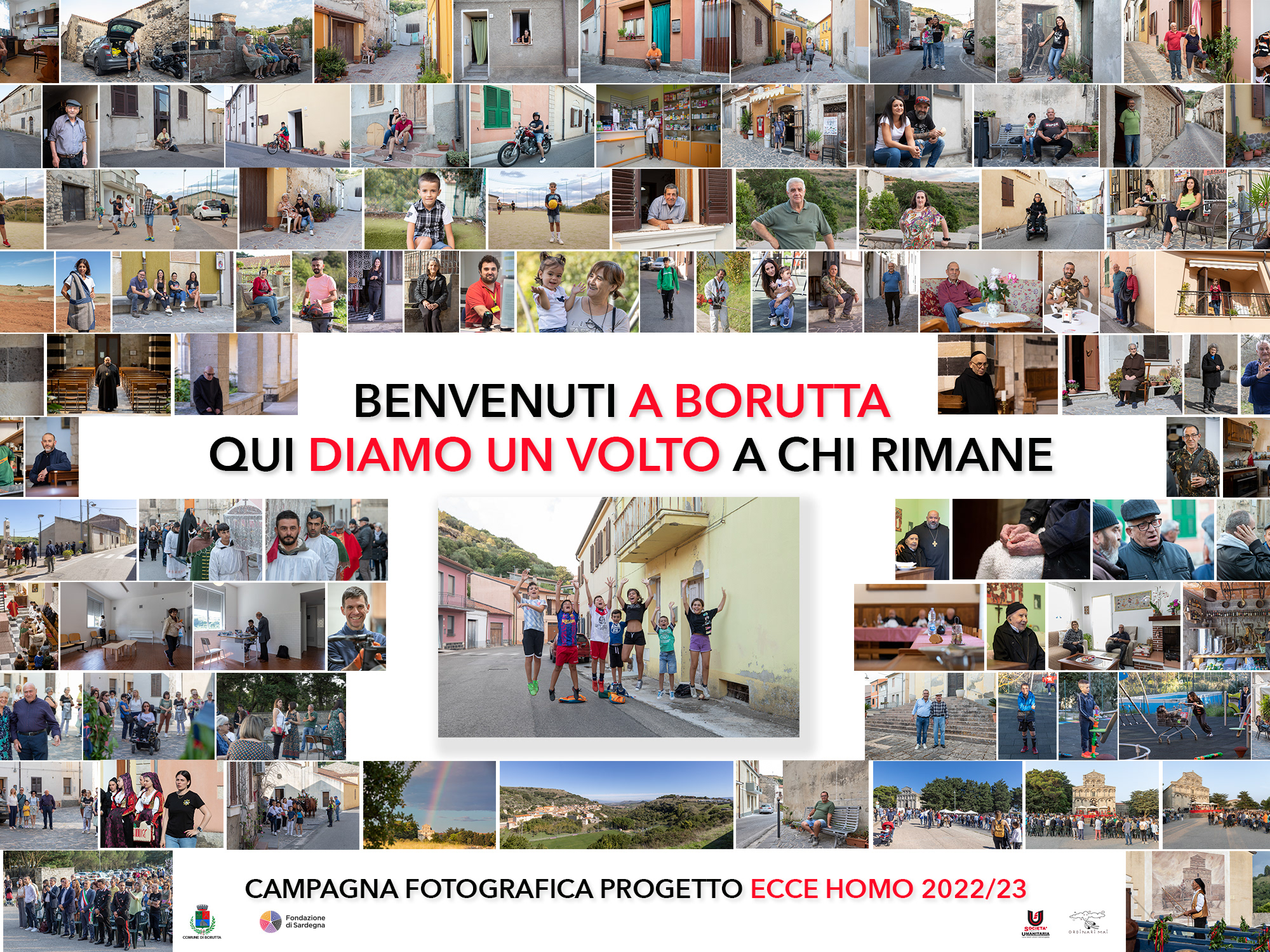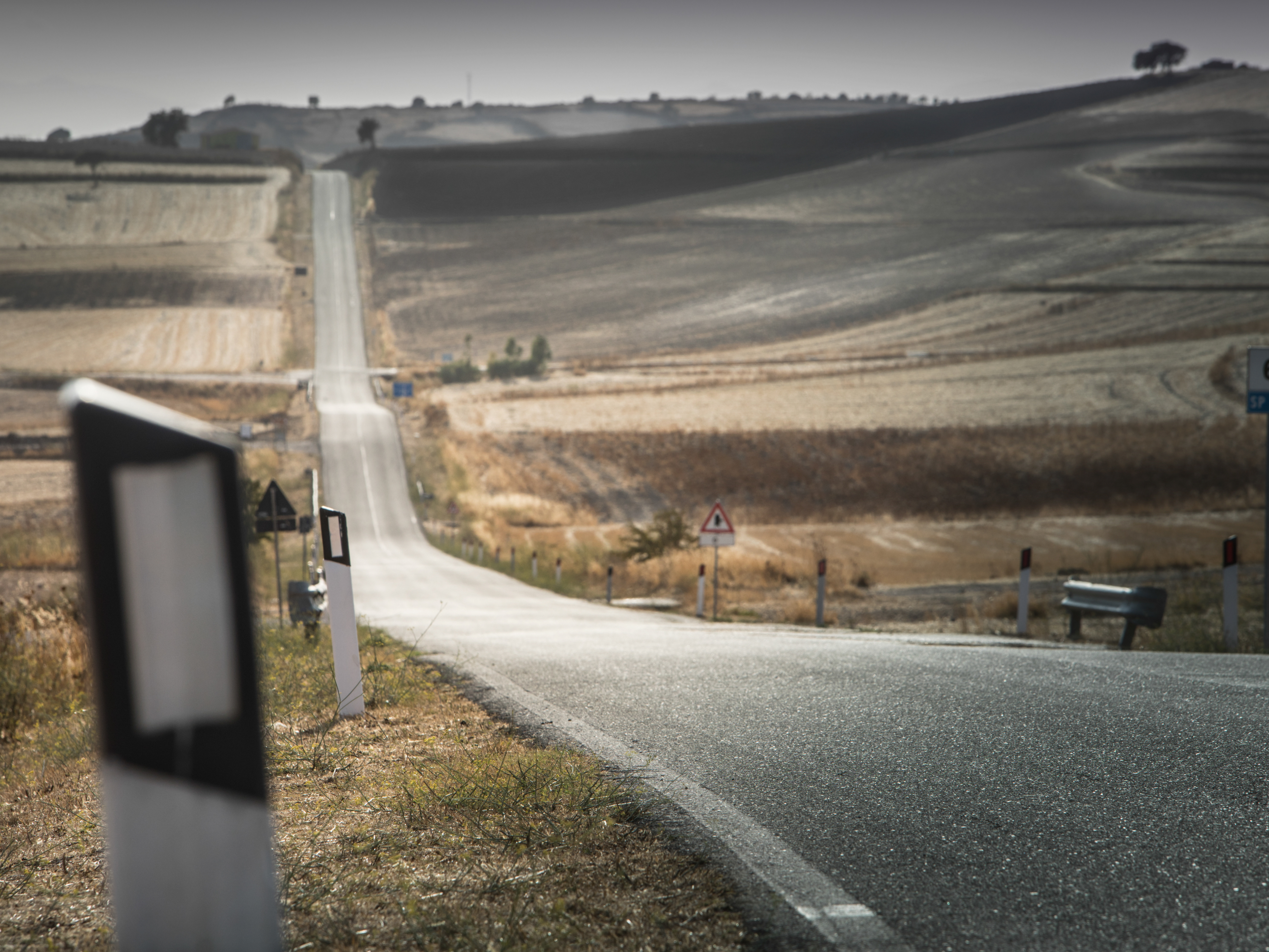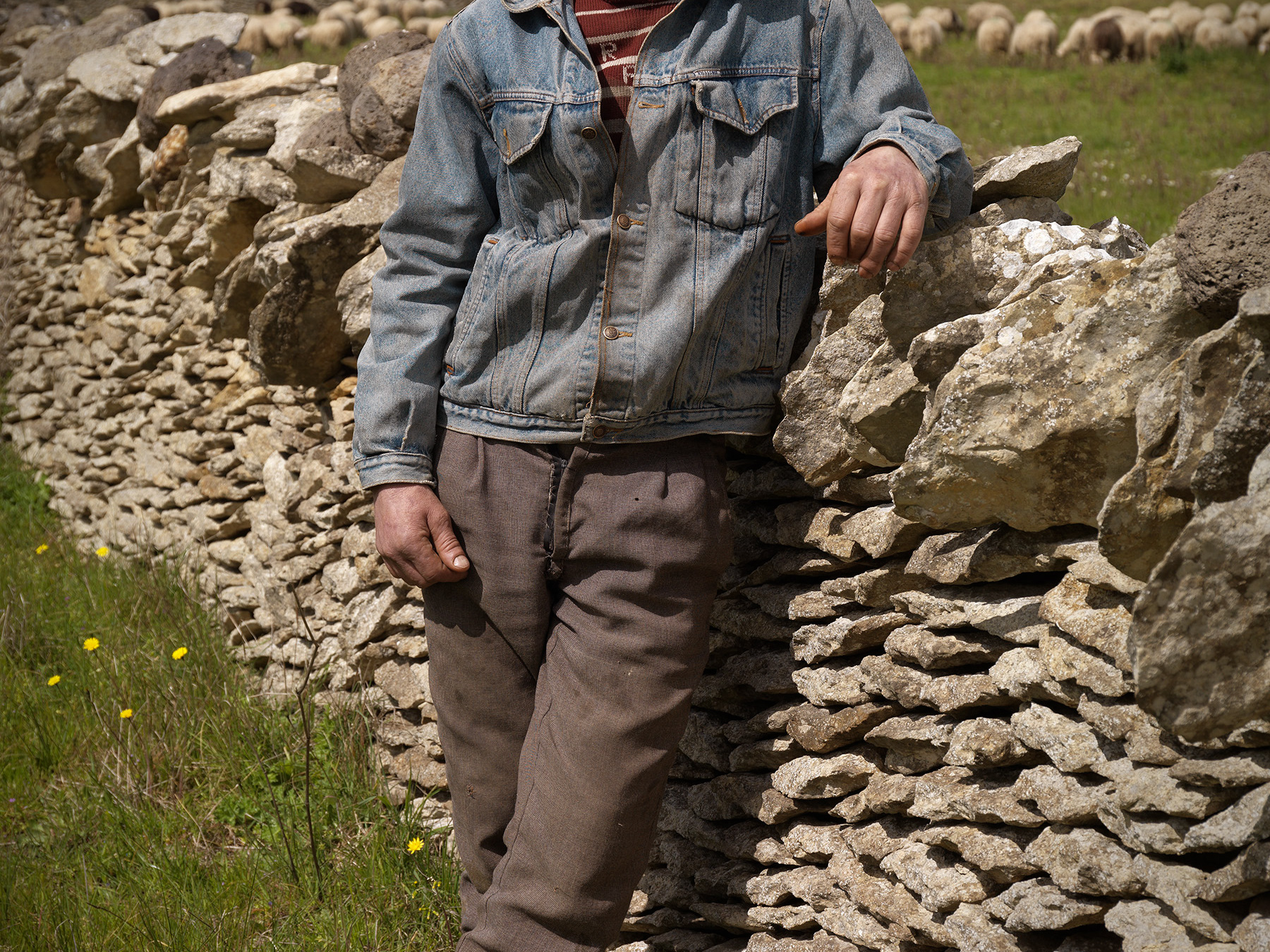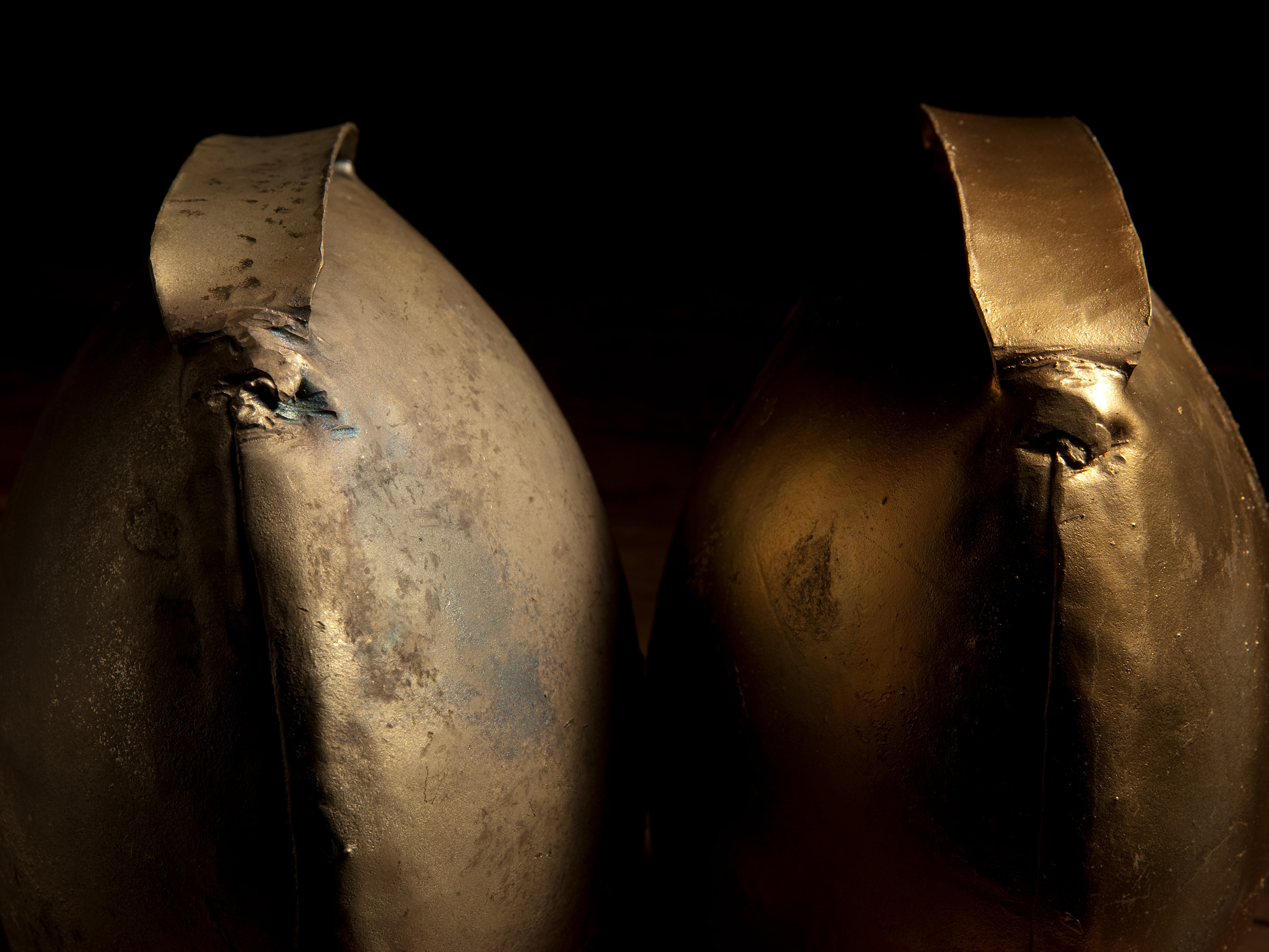



















For a long time - so as to become almost a legend - the Sardinian bandit has
represented in the collective imagination a sort of romantic hero, unfortunate and brave, loved by women and idolized by the people because of the incarnation character who rebels against the established order by virtue of a higher moral order and however just, for example, out of love and revenge.
'For the bandits is then in a sense given the task culturally significant
to express the feeling of rebellion in the name and on behalf of the whole community, against meddling in its internal affairs of a state authority perceived as distant and hostile, exercising its prerogatives through the repressive organs peripheral administration of justice, in accordance with local "potentates. "
Although we now know that only a few of these concepts represent the true,
persists in us the suggestion that the bandits of the past, with their faces hard
marked by life, they were the embodiment of balentìa, of courage that is given to cowardice and hypocrisy, ie the non-accepted values as a principle of life by a company average human.
This specific form of "morality" is substantiated physically, we might say
genetically if we were to listen to the dictates of the coroners of the past, in
almost stereotypical connotations: look hard and frowning, eye proud and wild, foot-low vision dirty and modest at the same time, an idea of a soul "purely simple "inside a body rebel and macerated.
Neglecting aspects related to the exaltation unhistorical illegality - here
assume a pretext almost provocative - here interested in the portrayal of
banned, as that of these almost fictional characters are reflected in the face of a person, the stereotypical image that has resulted in making the Sardinian bandit almost a myth.
Moves from these premises, the author proposed a path, a journey
search of the faces of ordinary people, whose experience (reported by simple details, such as the wrinkles, the depth of a look or a smile) face and find resurface the soul of an individual portraits similar to the images of the bandits were when spread against them was issued an arrest warrant and a size. How can a frown, a smile and a sideways look at mug describe almost as led genetic wholeness of our soul Sardinia?
This is clearly a path that mutual in an ironic and conscious this form "visual" an opportunity to play seriously with the identikit that the Sardinian spirit is always disclosed.
represented in the collective imagination a sort of romantic hero, unfortunate and brave, loved by women and idolized by the people because of the incarnation character who rebels against the established order by virtue of a higher moral order and however just, for example, out of love and revenge.
'For the bandits is then in a sense given the task culturally significant
to express the feeling of rebellion in the name and on behalf of the whole community, against meddling in its internal affairs of a state authority perceived as distant and hostile, exercising its prerogatives through the repressive organs peripheral administration of justice, in accordance with local "potentates. "
Although we now know that only a few of these concepts represent the true,
persists in us the suggestion that the bandits of the past, with their faces hard
marked by life, they were the embodiment of balentìa, of courage that is given to cowardice and hypocrisy, ie the non-accepted values as a principle of life by a company average human.
This specific form of "morality" is substantiated physically, we might say
genetically if we were to listen to the dictates of the coroners of the past, in
almost stereotypical connotations: look hard and frowning, eye proud and wild, foot-low vision dirty and modest at the same time, an idea of a soul "purely simple "inside a body rebel and macerated.
Neglecting aspects related to the exaltation unhistorical illegality - here
assume a pretext almost provocative - here interested in the portrayal of
banned, as that of these almost fictional characters are reflected in the face of a person, the stereotypical image that has resulted in making the Sardinian bandit almost a myth.
Moves from these premises, the author proposed a path, a journey
search of the faces of ordinary people, whose experience (reported by simple details, such as the wrinkles, the depth of a look or a smile) face and find resurface the soul of an individual portraits similar to the images of the bandits were when spread against them was issued an arrest warrant and a size. How can a frown, a smile and a sideways look at mug describe almost as led genetic wholeness of our soul Sardinia?
This is clearly a path that mutual in an ironic and conscious this form "visual" an opportunity to play seriously with the identikit that the Sardinian spirit is always disclosed.
Project & Concept:
Simonetta Castia – Stefano Serio
Photographs
Marco Ceraglia










